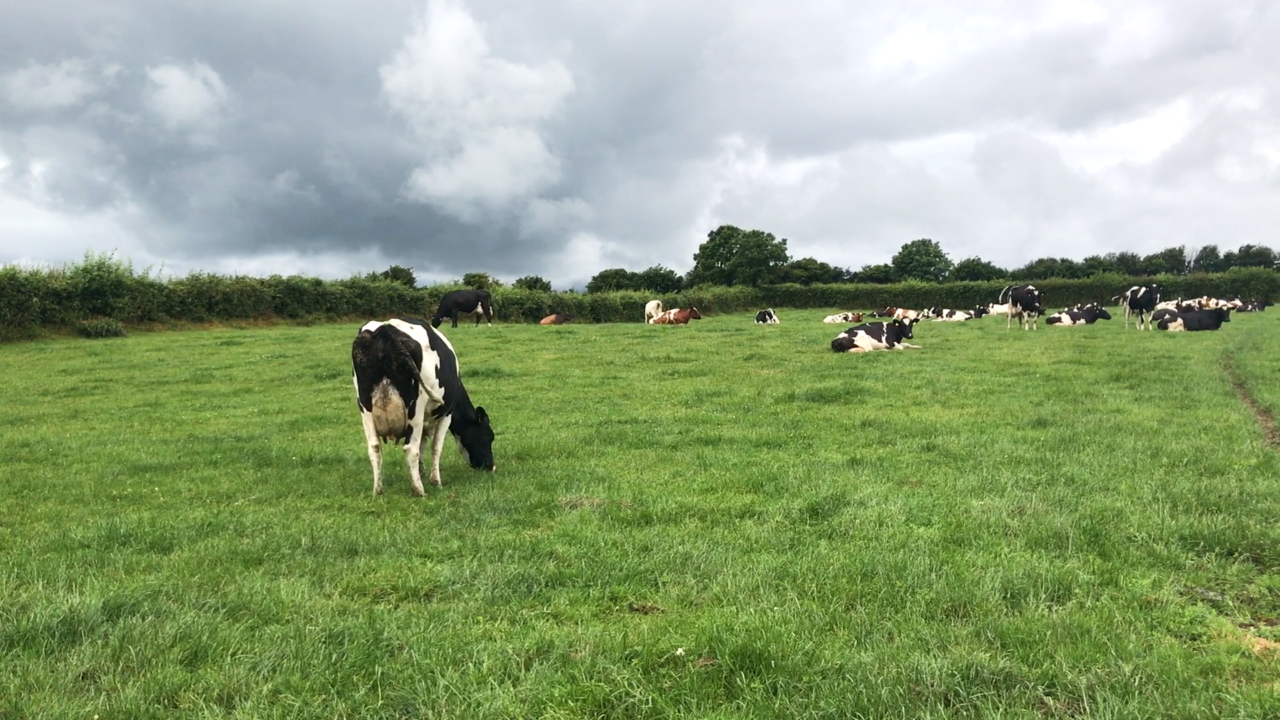The production season for autumn-calving cows is at the tail end of the lactation and now is a good time to assess how breeding went.
Ahead of drying-off or preparing for the drying-off of cows, farmers should determine how successful their breeding season has been.
This will allow them to identify cows that are not in calf and will need to leave the herd and determine when each cow is due to calve down.
Breeding
Scanning remains the most efficient and effective way of determining if a cow is in calf, when she is due, and how many calves she is carrying.
A compact calving should be a target for autumn-calving herds.
Most autumn-calving herds will also have spring-calving cows, but there should be a clearly defined break between the two calving seasons.
This allows for the cleaning and disinfecting of calving facilities to occur.
Cows that are not in calf or cows that are calving too late to be profitable in an autumn-calving system should be moved on.
For contracted herds, the most profitable cows for producing milk in December and January is an October/November-calving cow.
Stale or late calvers should not be used to produce milk for contracts, as they are less efficient and have a higher cost of production.
Costs
Input costs on farms remain high and it continues to be a time were non-performing cows should be moved on.
Cows that are not in calf from the autumn herd could be moved over to the spring herd, but even at this stage they are becoming later calvers in that herd.
You should question whether it is worthwhile giving a cow another chance when she has already failed to go in calf on a number of occasions.
With the current cost of production, non-performing or high-cost cows need to be moved out of the system.
